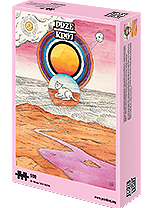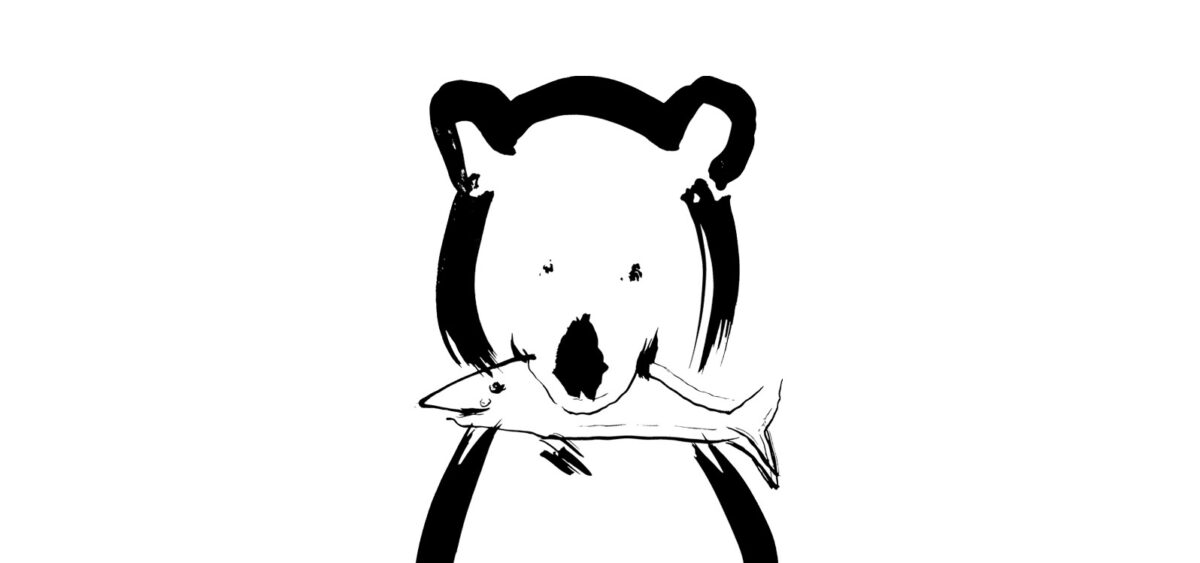
What links Christian iconography, the theosophist concept of aura, and the notion of morphogenetic fields formulated by the British biologist Rupert Sheldrake? The borders between science and metaphysics aren’t always clear cut, and not all phenomena can be explained on the basis of the materialist world view. Aura is one of those problems that escapes scientific explanation.
Christian art has depicted auras since the mid-4th century; initially they were only used on images of Christ, but over time artists began to use them when depicting angels, saints and martyrs, symbolic figures and personified allegories, such as the Lamb of God, the Divine Spirit, the griffin or the phoenix. However, this wasn’t an invention of Christian art, the luminous halos are inspired by various ancient and oriental representations, in which the shining rays and ovals encircle images of heroes, emperors or gods – in particular those associated with the sun, like Helios or Mitra.
And this isn’t just a game of artistic devices, either: myths and hagiographies are full of descriptions of visible miracles, curious light phenomena, as well as solemn and calming moods enveloping saints, sages, wise women, etc.








